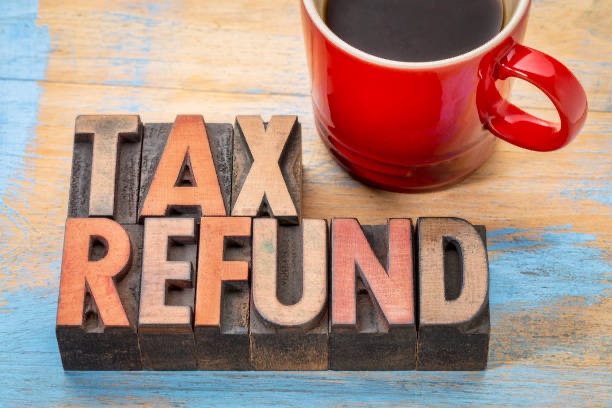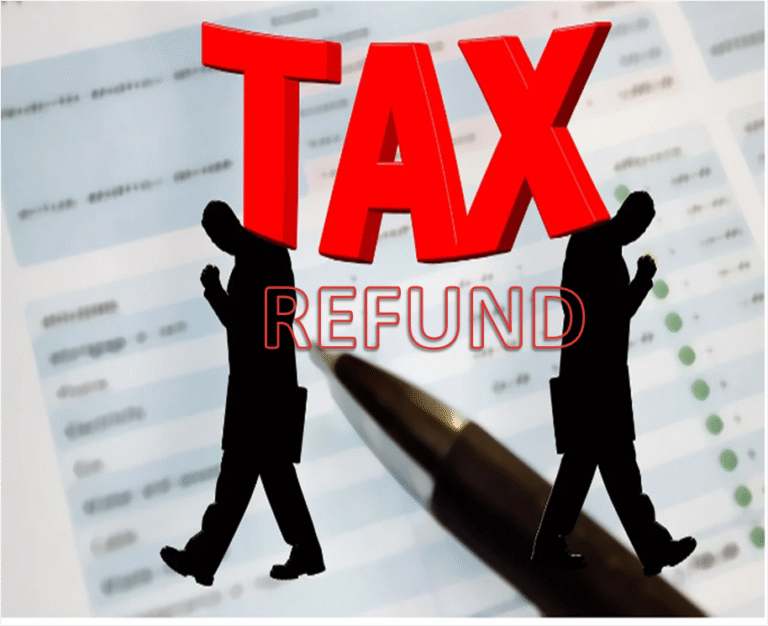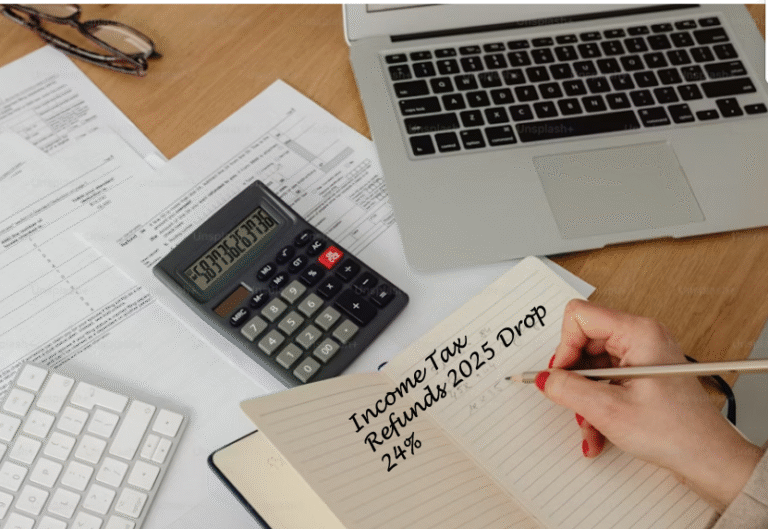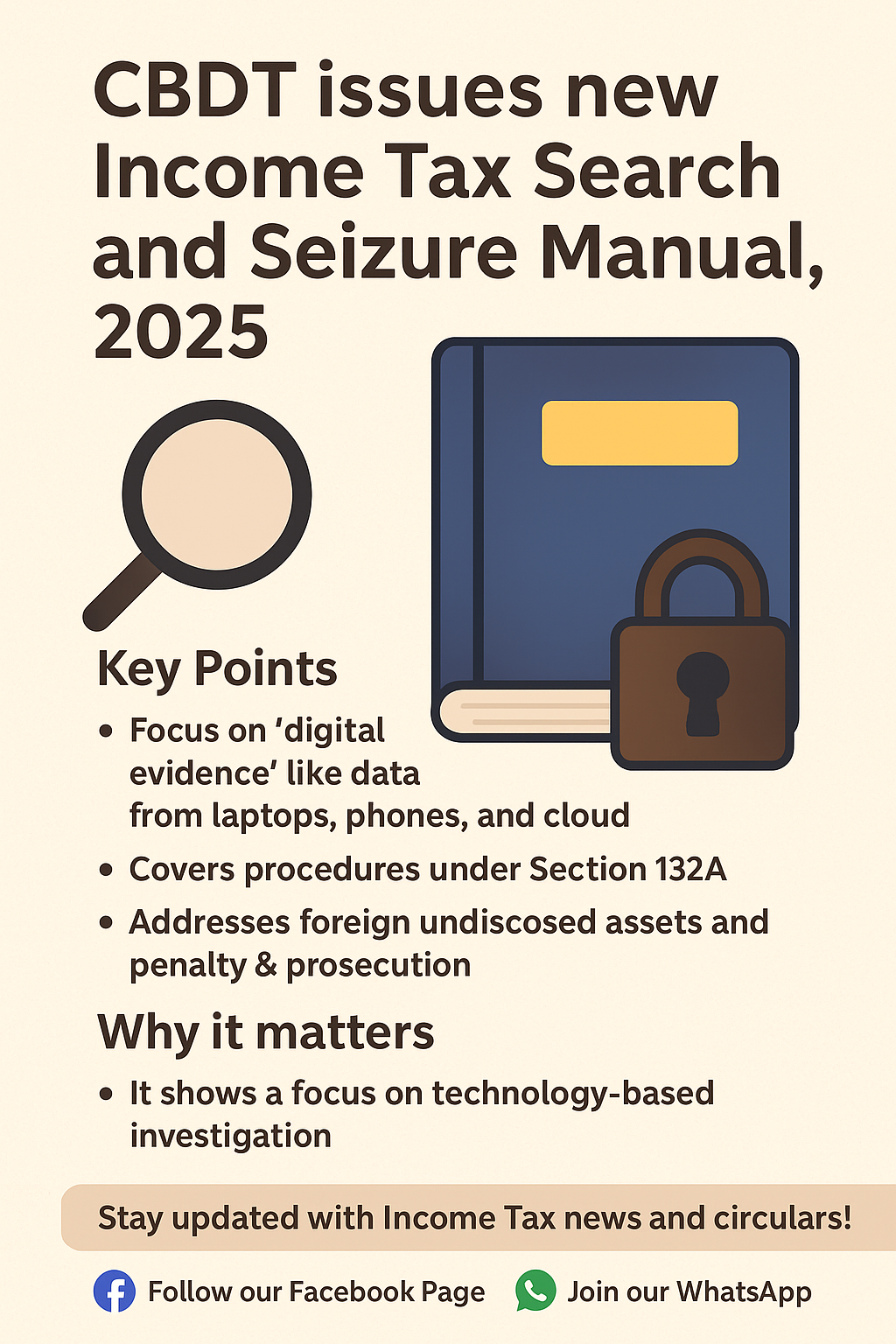An income tax refund is arised when the tax paid by a taxpayer during the financial year exceeds the actual tax liability determined at the time of filing the Income Tax Return. This is a common situation in cases where more tax is deducted at source i.e. TDS by employers if assessee/ Taxpayers, Further, in case advance tax or self assessment tax is paid in excess or when deductions or exemptions reduce taxable income subsequently the deposits of tax.
Once the return is processed by the Central Processing Centre, Bengaluru and the system confirms that excess tax has been paid, the amount is refunded to the taxpayer. As per CBDT Circular No. 19/2019 dated 14th August 2019, refunds are issued only through ECS directly into PAN-linked, pre-validated bank accounts. This ensures accuracy, security and transparency in the refund process.
What To Do If It Fails

However, sometimes refund fails to get credited to the taxpayer’s bank account. This may happen due to incorrect bank account details submitted by the taxpayers or bank details not validated by taxpayer. Further other possible reasons may be account closure, mismatch of PAN-linked account, mismatch of name on the PAN card and bank details. Also there is possibility of technical issues at the end of bank.
In such cases, remedial action is necessary to ensure that the refund may be credited to the rightful taxpayer.
In some cases, refund may be adusted against the earlier valid outstanding demand if the taxpayers failes to comply the notices issued by Income Tax Department time to time. This is very common issue in which refund is adjusted against the earlier’s years outstanding demand. (You can write us mail, in case any guidance is required).
What to Do in Case of Failed Refund?
The first step is to check the staus of processing of your return and refund thereafter. The same may be checked either on the TIN-NSDL portal or through the Income Tax e-Filing portal. This helps providing information whether the refund has been failed or refund is is still under processing or has already been credited.
If the status of refund is categorised as failed, the taxpayer should log into the e-filing portal and verify the bank account details under “My Profile -→ My Bank Account”. Please note that the account must be linked with PAN, pre-validated and enabled for EVC as refunds will only be issued into such accounts.
After verfying the the correct details, the taxpayer can submit a request for Refund Re-issue through the online portal. This involves selecting the failed refund reference, choosing the correct pre-validated bank account and submitting the request with EVC or DSC. The progress of the request can be tracked under the “Refund Re-issue Status” tab.
In case technical issues persist, taxpayers may contact the CPC, Bengaluru through its toll free Helplines [1800 103 4455 / 1800 425 2229] or email [refunds@incometax.gov.in]. Alternatively, a grievance can be raised through the e-Nivaran facility available on the e-Filing portal.
Conclusion
An income tax refund is nothing but the return of excess tax paid by a taxpayer. While the system ensures refunds are issued electronically in a secure manner, failures can still occur due to technical or account related reasons. Taxpayers can quickly resolve refund failures and receive their dues by way of verifying the bank details, raising a re-issue request and tracking the status through the e-Filing online portal.




